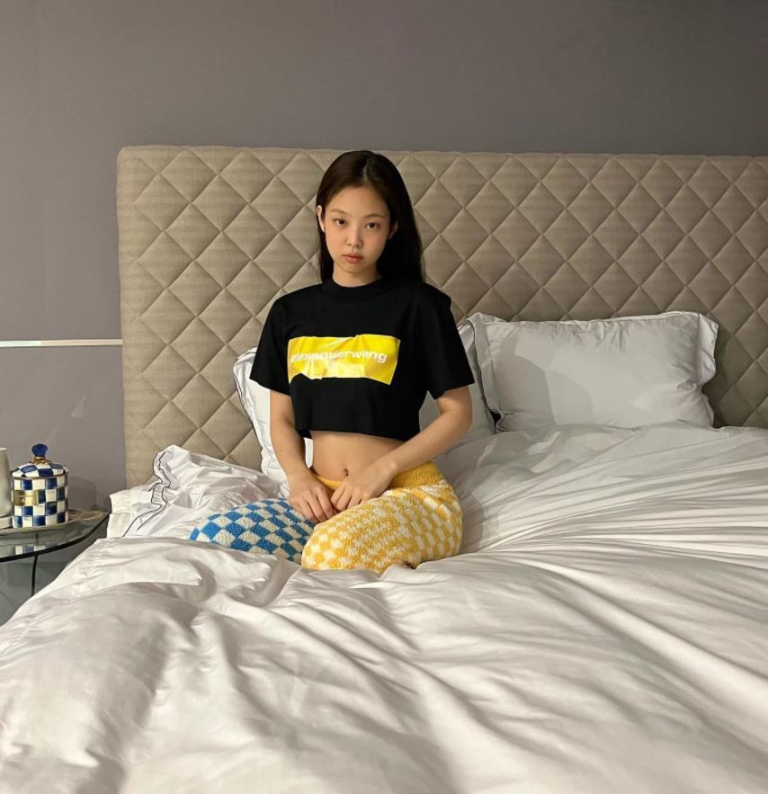Sometimes in a drama, the house feels like a character of its own.
In the Netflix original “When Life Gives You Tangerines” (Korean title: 폭싹 속았수다), that couldn’t be more true.

Set on Korea’s southern island of Jeju, the story unfolds around a modest, rustic home—a real, traditional Jeju thatched house called chogajip.

This post explores how that humble home captured the hearts of global viewers— not just as a filming location, but as a living architectural memory filled with emotion, culture, and purpose.
The Architecture Shaped by an Island
Jeju Island is Korea’s southernmost region, formed by volcanic activity and known for its powerful winds, heavy rains, and abundant basalt stone.
It is not like Seoul, and its homes are not like the hanoks of the mainland.
Jeju’s traditional architecture evolved through a philosophy of coexisting with nature, not resisting it. This is known as wind-resistant vernacular architecture, designed for survival more than aesthetics.
The Structure of a Jeju Chogajip
The chogajip (grass-roof house) is a traditional form of Korean folk housing that takes on a unique form in Jeju.



Everything about it—from the roof to the walls to the gate—is built with purpose and local materials.
| Feature | Function |
|---|---|
| Basalt stone walls | Locally sourced lava rock, excellent for wind protection and insulation |
| Thatched straw roof | Multiple layers of straw held down by stones to prevent wind damage; replaced every 2–3 years |
| Low eaves and overall height | Reduces wind resistance and retains interior warmth |
| Jeongnang (wooden pole gate) | A traditional way of signaling whether someone is home, replacing a conventional door |
| South-facing layout | Maximizes sunlight; houses are centered around a communal courtyard |
This architecture is not designed to impress—it’s built to endure. It’s the very definition of sustainable, functional design rooted in community life.
Is the House Real?
Many international viewers have asked: “Is that house real?”
The answer is: Yes.
When Life Gives You Tangerines was filmed in an actual Jeju village. The house featured in the series is a restored traditional chogajip that still exists today.
This decision gave the drama a rare authenticity— not a polished set, but a genuine space with texture, history, and emotional weight.
When Architecture Becomes Emotional
A home isn’t just a structure. It’s a container for light, scent, sound, and time. The Jeju house in this drama is an example of spatial storytelling at its finest.

- The glow of the firewood stove
- The rustling sound of the thatched roof in the wind
- The rough, damp texture of moss-covered stone walls
- The citrus-sweet air of tangerine orchards just outside
The camera captures these sensations, turning the house into a quiet but powerful co-star in the story.
Can You Visit It?
Yes, you can. Jeju Island still preserves several villages with traditional homes, and some locations used in the drama are open to visitors.

- Seongeup Folk Village – A well-preserved historic village
- Jeju Folklore & Natural History Museum – Outdoor traditional houses and exhibits
- Villages near Gujwa or Hallim – Believed to be filming areas for the drama
Visitors are encouraged to be respectful—these are not just attractions, but real communities.
The Modern Value of Traditional Design
Jeju’s chogajip is more than a relic of the past. It represents sustainable, site-specific architecture that offers insight into how humans can live with, not against, nature.
The drama beautifully demonstrates how architecture can hold memory, emotion, and story all at once.
When Life Gives You Tangerines…
The title “When Life Gives You Tangerines” evokes a gift—a quiet one, full of warmth and scent. That gift, in this story, is a house. A space. A feeling.
The Jeju chogajip is more than a filming location. It is a living memory, a space that shows how architecture can speak without words.
Experience the scent of tangerines and time-worn stone 🍊


